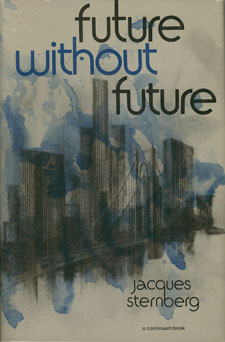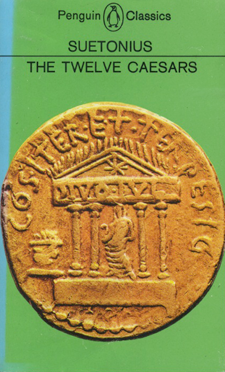Captain William E. Young
(as told to Horace S. Mazet, F.R.G.S.
Shark! Shark! The Thirty-Year Odyssey of a Pioneer Shark Hunter
(Gotham House, 1934)
I acquired this book somewhat mistakenly: there was a Paul Collins piece somewhere about strange books, and there was a mention of the first edition of this book, bound in sharkskin. I ordered a copy online, thinking such a book would be an interesting thing to have; but the copy that arrived turned out to the be second edition, which is a rather undistinguished hardcover. Still, it is a book about shark-hunting; books like this aren’t really written any more. It’s not especially well written: Horace S. Mazet is attentive to the problems involved in describing sharks, as he seems to have soldiered in the shark-writing business for years, but the narrative is not all that might be hoped for, despite the occasionally gripping content. Most of the attraction of this book comes from the character of Captain Young, who comes across as a decidedly unphilosophical Ahab, interested only in killing sharks, who explains his life in a matter-of-fact way. There is a formative experience in William Young’s youth, but it’s not especially revelatory: he ditches his Boy Cadets drill to go fishing with the old fishermen; one of them invites him to go fishing, and the boy sees his first shark. After that, of course, he wants to kill as many sharks as he can; he leaves California for Hawaii, where he proceeds to do just this.
Young’s story is unrelentingly bloody. He starts killing sharks before there’s any commercial reason to do so; he is interested in finding commercial uses for sharks not to get rich, but that he might continue killing them. Perhaps the sport of this is taken for granted; maybe this hasn’t aged well. At times, he seems to want to wipe sharks off the face of the earth as a problem for fishermen; he is continually having to explain to people that sharks eat people, which the people of the 1920s and 1930s seem loathe to believe. It’s confusing, and Captain Young comes off as a maniac, which might be what makes this book compelling. From time to time there are digressions like this one, when Captain Young is harvesting sharks in North Carolina for a New York sharkskin concern in 1921 or 1922:
Another fisherman, who evidently had more than one fish in his frying pan, approached me one evening with a most curious proposition. He beat about the bush for so long that finally I asked him in desperation what under the sun he was driving at.
“Waal, it’s this way,” he said. “You’re bringing in lots of sharks every day from out to sea. Now why” – here he dropped his voice to a whisper – “why not try a little bootlegging in the shark bellies? No one ever bothers you, and no one will ever suspect.”
It was an ingenious idea, and I suppose it would have been possible to stow away a good many bottles of liquor inside each shark. At the time, however, my mind was entirely concentrated on catching sharks. (p. 127)
Captain Young is cheerfully insane and guileless, which makes him good company, despite his murderous tendencies. Almost certainly he should not have killed all of those sharks, but it’s too late for regrets now. A few pages later, he is visited at his shark processing plant by a “diffident visitor” who shows him a fossil shark’s tooth, and tells him about the Age of Fishes when sharks ruled the earth. Then the visitor gives Captain Young the fossil tooth and wanders out; Captain Young has no idea who the man was, nor does he ever turn up again. Such things happen when you’re a shark hunter. Later, Haile Selassie turns up: he wants to go lion hunting, but Captain Young has sharks in Somali that he has to deal with, so that doesn’t happen. Felix von Luckner, who provides a forward that was surely scrawled on a cocktail napkin on his yacht, makes an appearance near the end of the book, with the suggestion that fishing for sharks might be made more sporting if bungee cords were used as lines. I’d not known of Count von Luckner; his Wikipedia entry points out his ability to tear up telephone books with his bare hands, among other exploits.
This is a book that has its longueurs; but the end of this book has the advantage of taking the reader completely unaware. Thirty pages before the end of the book, Captain Young is still talking about his foiled plans to start an aquarium in Cuba where sharks could be kept; this aquarium would also feature a café “allowing visitors to select a fish and see it captured by a fisherman for their meal”. Then there’s an excursus about the question of whether it’s possible for a diver with a knife to kill a shark (possible, yes, but dangerous). Then some men from Harvard show up to make a film about him and sharks, to be titled Tigers of the Sea. Then a paragraph about how old men like to tell stories, and the book’s suddenly over. There are thirty more pages of an Appendix, which explains via diagram how to go about skinning a shark, among other things; but the book is over.

